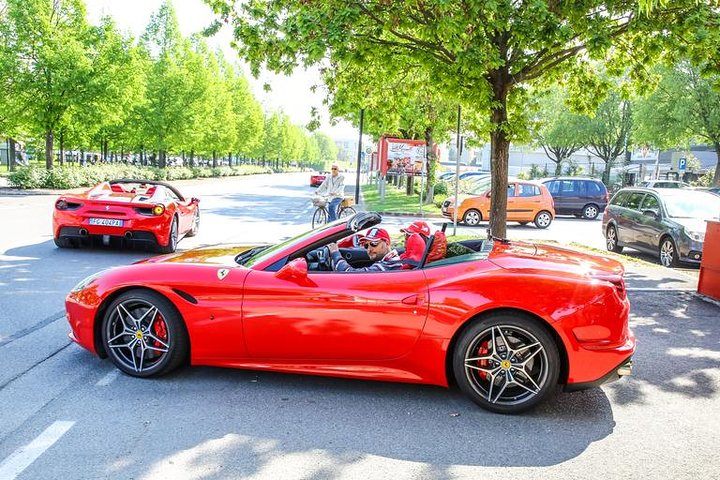Exploring Italy’s Automotive Icons: A Journey Through the Motor Valley
Drawn by the allure of Italy’s automotive excellence, I embarked on the Motor Valley Tour, eager to explore the legendary factories and museums of Ferrari, Lamborghini, and Pagani. Join me as I delve into the heart of Italy’s supercar legacy.
A Symphony of Speed: Lamborghini’s Legacy
As the sun rose over the picturesque Italian countryside, I found myself eagerly anticipating the day ahead. The allure of the Motor Valley Tour had drawn me in, promising a journey through the heart of Italy’s automotive excellence. Our first stop was the Lamborghini Factory and Museum in Sant’Agata Bolognese. The sleek lines of the Miura S and the audacious curves of the Countach S greeted us, each car a testament to Lamborghini’s daring design philosophy.
The factory tour was a revelation. Witnessing the meticulous craftsmanship that goes into each Lamborghini was akin to watching a master artist at work. The production line of the Urus, Lamborghini’s SUV, was a dance of precision and passion. Our guide, Ricciardo, was a fountain of knowledge, weaving tales of Lamborghini’s storied past with insights into its future. His command of English was impeccable, making the experience all the more enriching.
After the tour, we lunched at the BullBar, a charming spot just across the road. The atmosphere was electric, with supercars cruising by every few minutes, a reminder of the automotive prowess that surrounded us. The food, a delightful medley of Italian flavors, was the perfect accompaniment to the day’s adventures.
Pagani: Where Art Meets Engineering
Our next destination was the Pagani Museum and Factory, a place where the boundaries between art and engineering blur. The museum was a tribute to Horacio Pagani’s vision, showcasing the evolution of his creations. From the original Zonda to the current Huayra, each car was a masterpiece, a blend of form and function that left me in awe.
The tour delved into the intricacies of Pagani’s design philosophy, highlighting the harmony between art and science. The use of carbon fiber, a signature of Pagani’s cars, was explained in detail, revealing the innovation that drives the brand. Seeing chassis number 2 of the original Zonda alongside a current Huayra was a poignant reminder of the company’s journey and its commitment to pushing the boundaries of automotive design.
Ricciardo’s insights into Pagani’s history and his passion for the brand added depth to the experience. His ability to convey complex engineering concepts in an engaging manner was truly impressive, making the tour both educational and entertaining.
Ferrari: A Legacy of Racing Excellence
Our final stop was the Ferrari Museum in Maranello, a shrine to the brand’s illustrious racing heritage. Although factory tours were unavailable, the museum more than compensated with its extensive collection of iconic cars. From 1930s Alfa Romeos to the 2018 F1 SF71-H, the museum was a journey through time, showcasing the evolution of Ferrari’s racing prowess.
The Victory Hall, with its display of World Championship cars and trophies, was a highlight. The original helmets of legendary drivers like Villeneuve and Prost were a testament to Ferrari’s enduring legacy in the world of motorsport. The museum’s collection of supercars, from the classic 250 GTO to the modern FXXK EVO, was a feast for the eyes, each car a symbol of Ferrari’s relentless pursuit of speed and innovation.
Throughout the tour, Ricciardo’s expertise and enthusiasm were invaluable. His knowledge of Ferrari’s history and his ability to bring the stories of these legendary cars to life made the experience unforgettable. As we concluded our journey through the Motor Valley, I was left with a profound appreciation for the artistry and engineering that define Italy’s automotive icons.














































